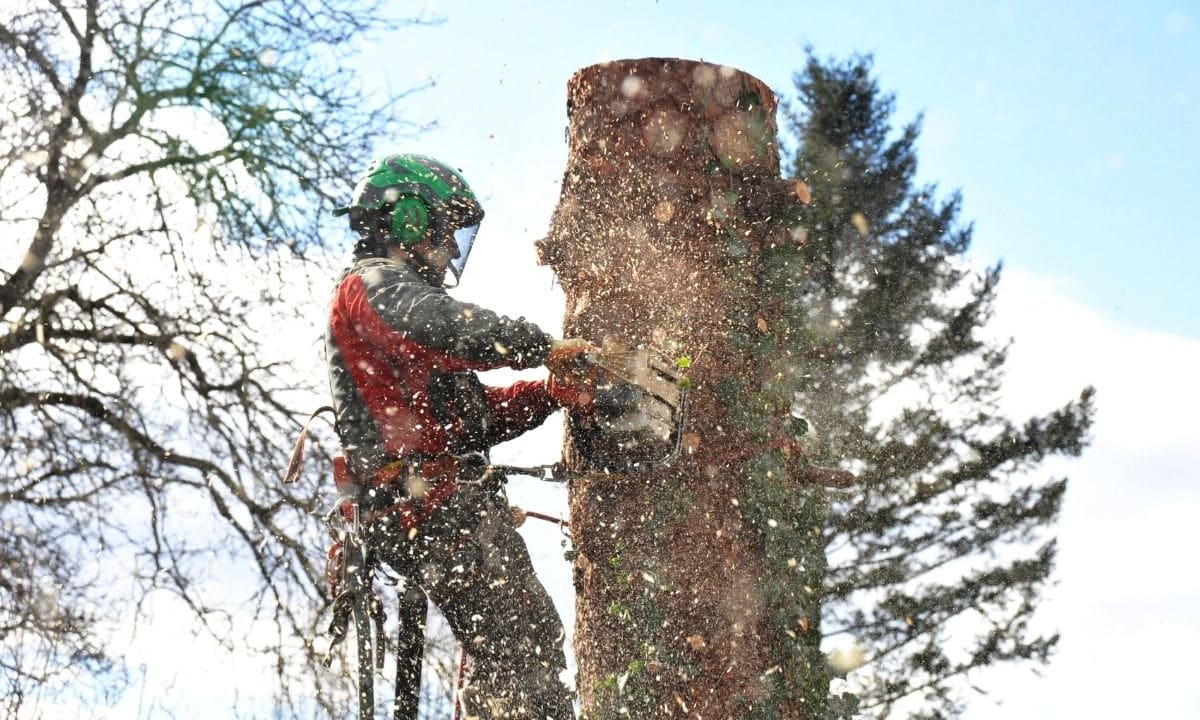Tree Felling: Methods, Safety, and Equipment for Landscapes
Tree felling is the deliberate cutting or removal of standing trees for safety, development, or landscape management. Proper planning, equipment selection, and safety controls are essential to protect people, property, and nearby vegetation. This article explains common techniques, how tree removal differs from pruning, the role of skid steer and other machinery, and considerations for minimizing landscape impact.

What is tree felling?
Tree felling describes bringing a standing tree down in a controlled way. It includes planning the direction of fall, assessing hazards like nearby structures or power lines, and preparing escape routes. For larger specimens, crews may use sectional dismantling (removing branches and trunk pieces from top down) rather than a single directional cut. Environmental factors such as wind, soil stability, and root health influence decisions. Proper felling reduces the risk of unintended damage and is usually done by trained crews with personal protective equipment and rigging when necessary.
How does tree removal differ?
Tree removal is a broader term that covers any process to take a tree out of a site, while felling specifically refers to cutting it down. Removal may include stump grinding, root extraction, and hauling away debris, whereas felling focuses on the cutting operation. Permitting and local regulations often distinguish between pruning, removal of hazardous trees, and full removal for development. If you need local services in your area, providers can advise on permits, mitigation planting, and how removal ties into landscape planning.
When is a skid steer used?
A skid steer is compact, maneuverable machinery useful for post-felling tasks: moving logs, loading debris, grading soil, and transporting stump grinders or chippers. In constrained sites it can access places larger tractors cannot. Skid steer attachments—grapples, buckets, stump grinders—make it versatile for cleanup and site preparation after tree removal. It is generally not used to fell large standing trees unless fitted with specialized attachments and operated by experienced personnel; safety and the potential for kickback make cutting while mounted on machinery uncommon in standard arboriculture practice.
What machinery assists felling?
Several machinery types support safe and efficient felling: chainsaws for cutting and limbing, cranes for lowering large sections during dismantling, chippers for processing branches, stump grinders for removing root collars, and wood splitters for preparing firewood. Rigging gear (ropes, slings, pulleys) helps control the descent of heavy limbs. Selecting the correct machinery depends on tree size, site access, and proximity to structures. Skilled operators are needed to match equipment to the task, and routine maintenance and inspections reduce the risk of mechanical failure during operations.
How does felling affect the landscape?
Felling alters soil, light, and microclimate conditions. Removing canopy cover increases sunlight and can change understory vegetation; exposed soil may be prone to erosion until stabilized. Replanting, mulching, and grading help restore function and aesthetics. Salvaging wood for habitat piles or milling for lumber can preserve ecological benefits; alternatively, hauling debris to a chipper reduces fire risk but removes material that could support wildlife. Consider long-term landscape goals—shade, privacy, or development—when deciding how to proceed after tree removal.
Conclusion
Tree felling is a technical activity that balances safety, equipment, environmental impact, and regulatory requirements. Understanding the difference between felling and broader tree removal, the roles of skid steer and other machinery, and how changes influence the landscape helps property owners and managers make informed choices. Hiring trained professionals or consulting local services can ensure work is carried out to code, with measures to protect surrounding vegetation and property.






